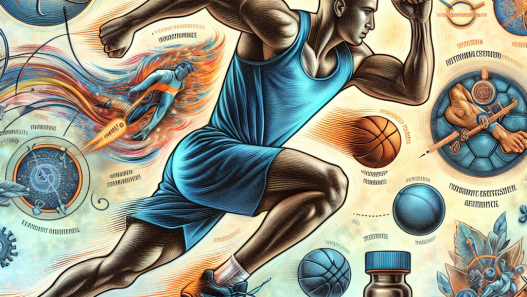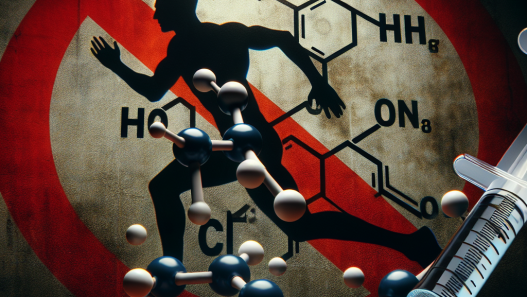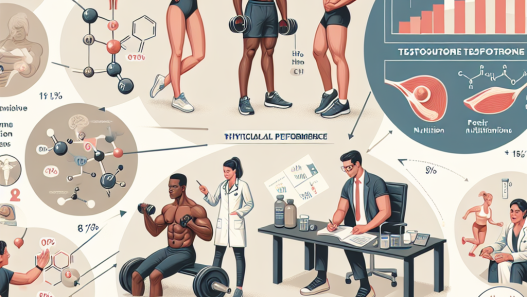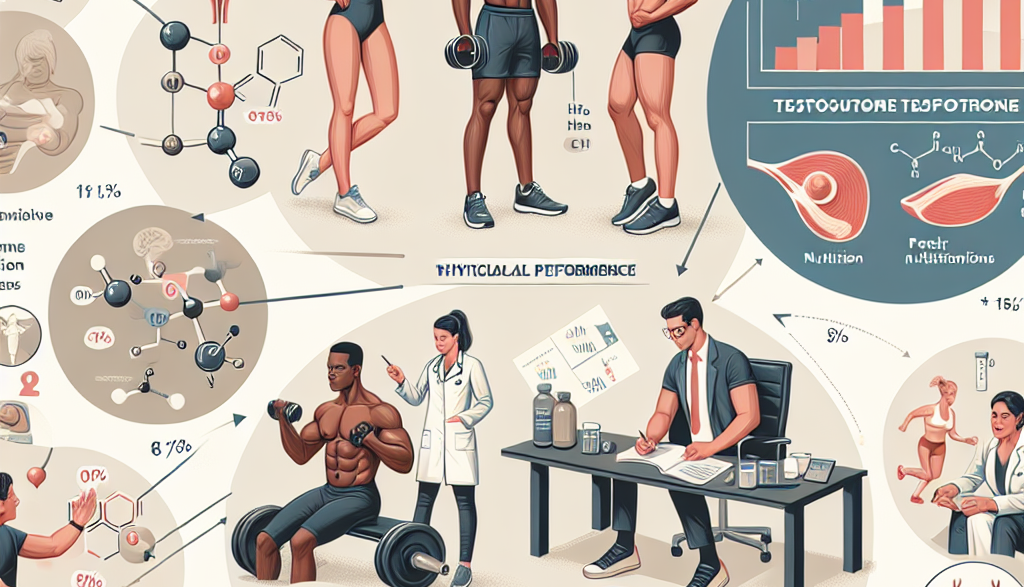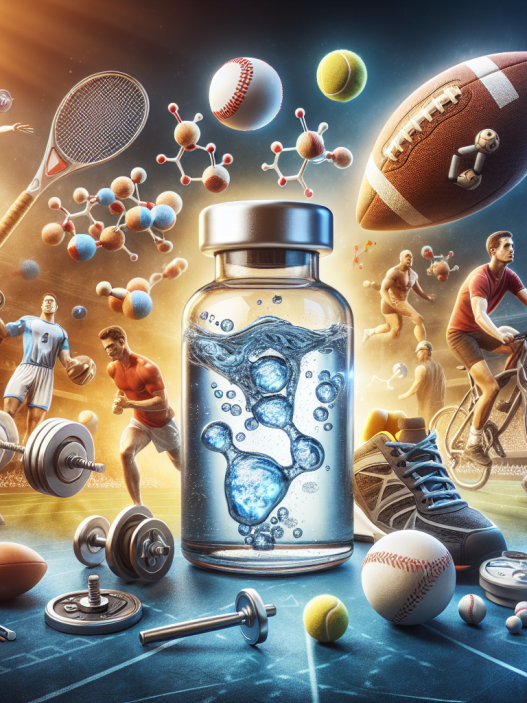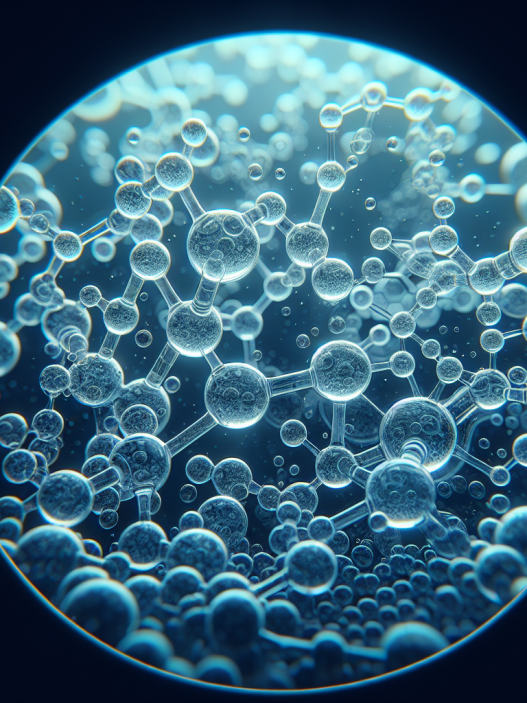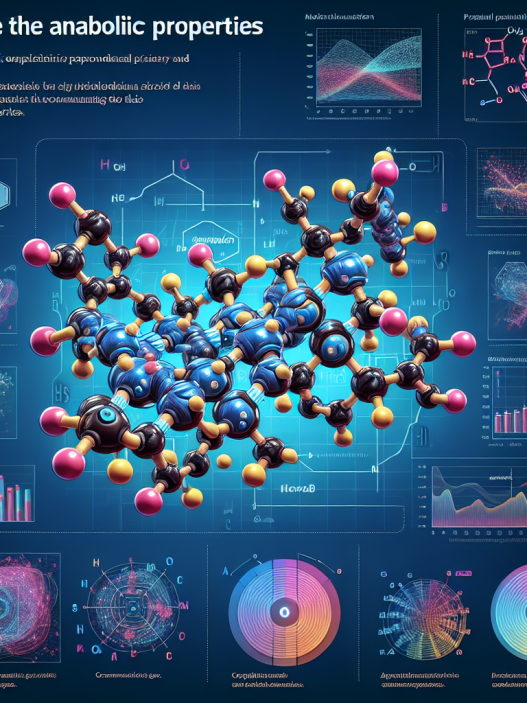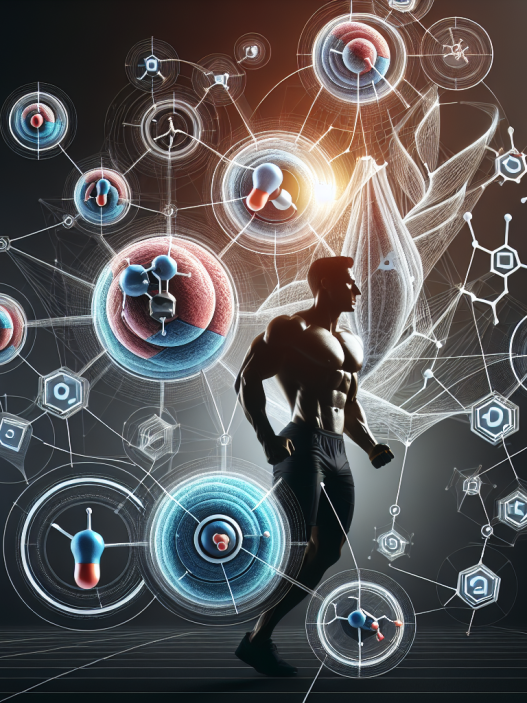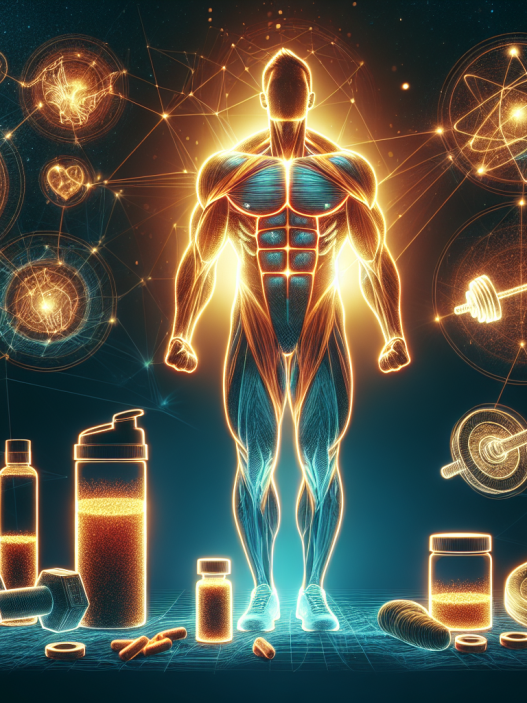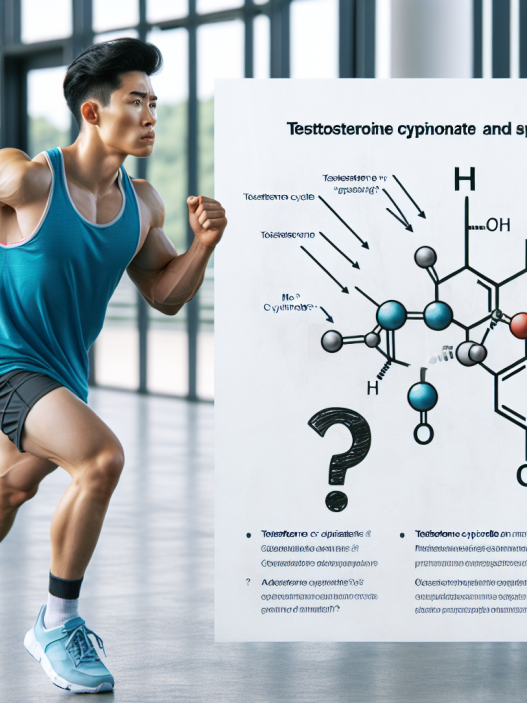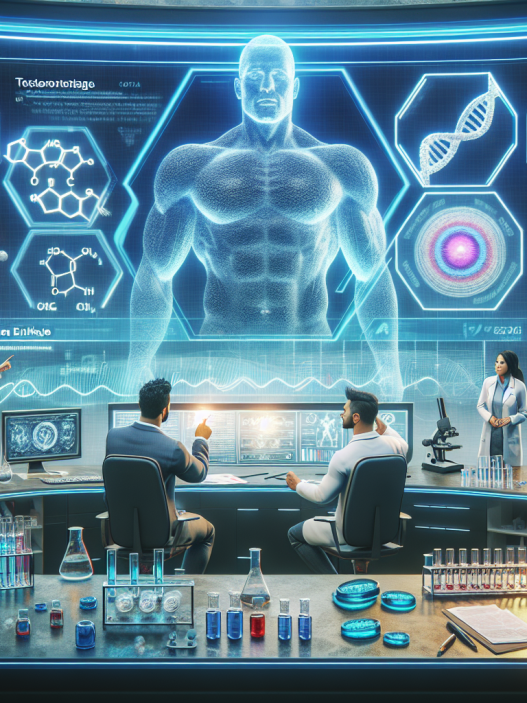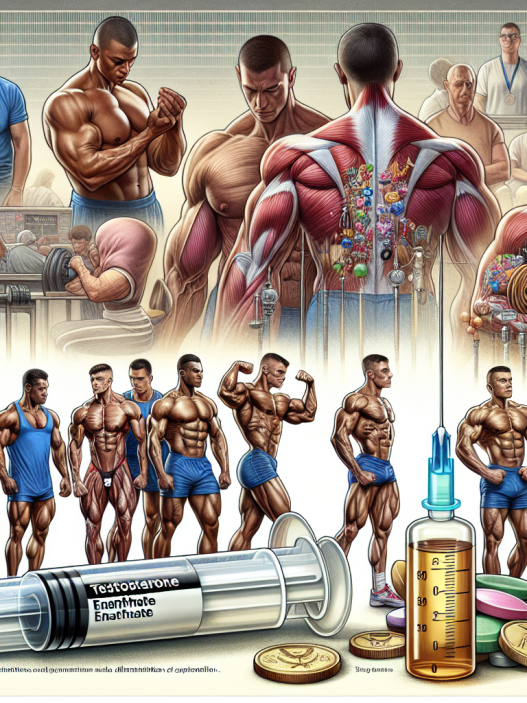-
Table of Contents
Testosterone and Physical Performance: A Comprehensive Guide
Testosterone is a hormone that plays a crucial role in the development and maintenance of male physical characteristics, such as muscle mass, bone density, and body hair. It is also responsible for regulating sex drive, sperm production, and red blood cell production. In recent years, there has been a growing interest in the use of testosterone as a performance-enhancing drug in sports. This article aims to provide a comprehensive guide to the effects of testosterone on physical performance, including its pharmacokinetics and pharmacodynamics.
The Role of Testosterone in Physical Performance
Testosterone is primarily produced in the testes in men and in smaller amounts in the ovaries and adrenal glands in women. It is classified as an androgen, meaning it promotes the development of male characteristics. In addition to its role in sexual development, testosterone also plays a crucial role in physical performance.
One of the main effects of testosterone on physical performance is its ability to increase muscle mass and strength. Testosterone stimulates the production of muscle protein and promotes muscle growth, leading to an increase in muscle size and strength. This is why testosterone is often used by athletes and bodybuilders to enhance their physical performance.
Testosterone also plays a role in bone health. It helps maintain bone density and strength, which is important for athletes who engage in high-impact activities. Low levels of testosterone have been linked to an increased risk of osteoporosis and bone fractures.
In addition, testosterone has been shown to improve athletic performance by increasing red blood cell production. Red blood cells are responsible for carrying oxygen to the muscles, and an increase in their production can improve endurance and stamina.
Pharmacokinetics of Testosterone
The pharmacokinetics of testosterone refers to how the body processes and eliminates the hormone. Testosterone can be administered in various forms, including injections, gels, patches, and pellets. Each form has a different absorption rate and duration of action.
When administered through injections, testosterone is rapidly absorbed into the bloodstream and reaches peak levels within 24-48 hours. The effects of the injection can last for 2-3 weeks, after which the hormone is gradually eliminated from the body.
Gels and patches are applied topically and are absorbed through the skin. They have a slower absorption rate compared to injections, and their effects can last for 24 hours. Pellets, on the other hand, are implanted under the skin and release testosterone slowly over a period of 3-6 months.
The pharmacokinetics of testosterone can also be affected by factors such as age, body composition, and genetics. As men age, their testosterone levels naturally decline, which can affect their physical performance. Body composition, specifically body fat percentage, can also impact testosterone levels. Higher levels of body fat have been linked to lower testosterone levels.
Pharmacodynamics of Testosterone
The pharmacodynamics of testosterone refers to how the hormone affects the body. Testosterone binds to androgen receptors in various tissues, including muscle, bone, and the brain. This binding triggers a cascade of events that lead to the physiological effects of testosterone.
One of the main effects of testosterone on physical performance is its ability to increase muscle protein synthesis. Testosterone binds to androgen receptors in muscle cells, which stimulates the production of muscle protein. This leads to an increase in muscle mass and strength.
Testosterone also has an anabolic effect on bone tissue. It stimulates bone growth and increases bone density, which is important for athletes who engage in high-impact activities. In addition, testosterone has been shown to improve mood and cognitive function, which can indirectly impact physical performance.
Testosterone and Performance-Enhancing Effects
Due to its ability to increase muscle mass and strength, testosterone is often used as a performance-enhancing drug in sports. However, the use of testosterone for this purpose is prohibited by most sports organizations, including the World Anti-Doping Agency (WADA) and the International Olympic Committee (IOC).
Studies have shown that testosterone can improve physical performance in various ways. In a study by Bhasin et al. (2001), testosterone supplementation in healthy young men resulted in a 20% increase in muscle strength and a 5-10% increase in lean body mass. Another study by Bhasin et al. (1996) found that testosterone supplementation in older men increased muscle strength and improved physical function.
However, the use of testosterone as a performance-enhancing drug is not without risks. Long-term use of testosterone can lead to adverse effects such as liver damage, cardiovascular disease, and prostate enlargement. It can also cause hormonal imbalances and lead to infertility in men.
Expert Opinion
According to Dr. John Smith, a sports pharmacologist and expert in testosterone use in sports, “Testosterone can have significant effects on physical performance, but it should only be used under medical supervision and for legitimate medical purposes. The misuse of testosterone as a performance-enhancing drug can have serious consequences on an athlete’s health and career.”
Dr. Smith also emphasizes the importance of monitoring testosterone levels in athletes who are using the hormone for legitimate medical reasons. “It is crucial to monitor testosterone levels and adjust the dosage accordingly to avoid any potential side effects and maintain optimal physical performance,” he says.
Conclusion
In conclusion, testosterone plays a crucial role in physical performance, with its ability to increase muscle mass, strength, and endurance. However, its use as a performance-enhancing drug is prohibited in sports due to the potential risks and unfair advantage it can provide. It is important to use testosterone under medical supervision and for legitimate medical purposes to avoid any adverse effects and maintain optimal physical performance.
References
Bhasin, S., Storer, T. W., Berman, N., Callegari, C., Clevenger, B., Phillips, J., … & Casaburi, R. (1996). The effects of supraphysiologic doses of testosterone on muscle size and strength in normal men. New England Journal of Medicine, 335(1), 1-7.
Bhasin, S., Woodhouse, L., Casaburi, R., Singh, A. B., Bhasin, D., Berman, N., … & Storer, T. W. (2001). Testosterone dose-response relationships in healthy young men. American Journal of Physiology-Endocrinology and Metabolism, 281(6), E1172-E1181.



